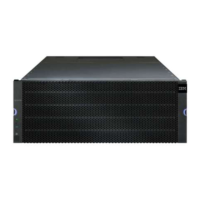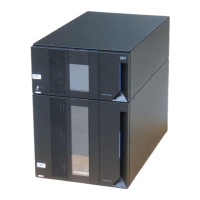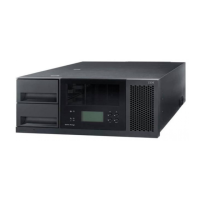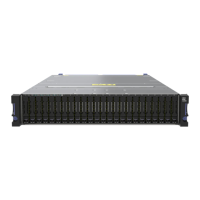Table 1-2. Command Line Terminals (continued)
Terminal Definition
-r
Sets or changes the alert notifications for all of the storage
subsystems that are managed by a specific storage
management station. Use the -r terminal with the -a terminal
or the -x terminal. For storage subsystems that are managed
out-of-band, use the direct_sa value. For storage subsystems
that are managed in-band, use the host_sa value.
-S (uppercase) Suppresses informational messages describing the command
progress that appear when you run script commands.
(Suppressing informational messages is also called silent
mode.) This terminal suppresses these messages:
v Performance syntax check
v Syntax check complete
v Executing script
v Script execution complete
v SMcli completed successfully
-s (lowercase) Shows the alert settings in the configuration file when used
with the -d terminal.
-v Show the current global status of the known devices in a
configuration file when used with the -d terminal.
-w
Specifies the WWID of the storage subsystem. This terminal is
an alternate to the -n terminal. Use the -w terminal with the
-d terminal to show the WWIDs of the known storage
subsystems. The file content take this format:
storage-system-name world-wide-ID IPaddress1 IP-address2.
-X (uppercase) Deletes a storage subsystem from a configuration.
-x (lowercase) Removes an SNMP trap destination or an email address alert
destination. The community is the SNMP community name for
the trap, and the host is the IP address or DNS host name of
the system to which you want the trap sent.
-? Shows usage information about the CLI commands.
Formatting considerations
Double quotation marks (“ ”) that are used as part of a name or label require special consideration when
you run the CLI commands and the script commands on a Microsoft Windows operating system. This
section describes how to use double quotation marks in names while running CLI commands and script
commands on a Windows operating system.
When double quotation marks (“ ”) are part of a name or value, you must insert a backslash (\) before
each double quotation mark character. For example:
-c set storageSubsystem userLabel=\“Engineering\”;”
where “Engineering” is the storage subsystem name. A second example is:
-n \“My\”_StorageSubsystem
where “My”_StorageSubsystem is the name of the storage subsystem.
1-6 IBM System Storage DS3000, DS4000, and DS5000: Command Line Interface and Script Commands Programming Guide

